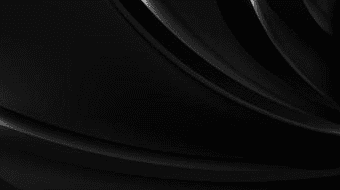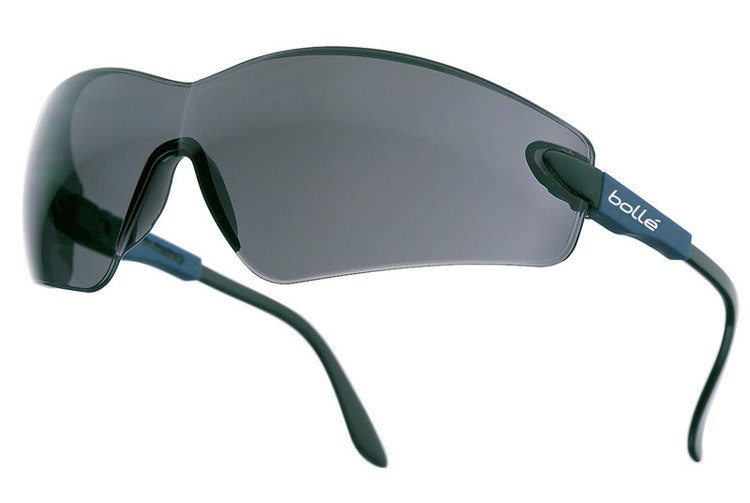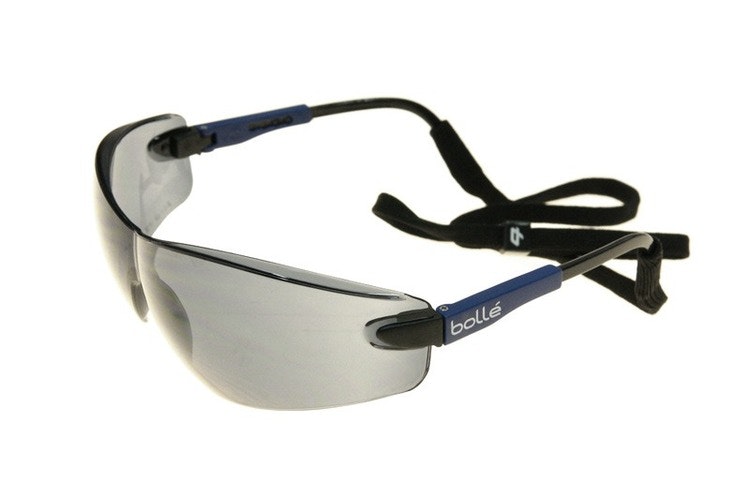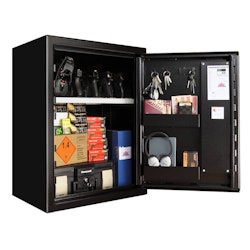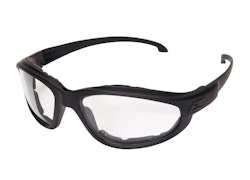Bolle - Viper Smoke glasses
- 249 SEK
Bolle Viper Smoke The protective glasses have got wide profiled lenses. They guarantee a tridimensional protection thanks to which they protect the eyes not onl

Betala som du vill





Payson - Faktura, Delbetalning, Kort, Konto, Bank
Swish - till 123 650 9111 (Skanna QR kod)
Offert
Leverans
DHL - Fri frakt från 1000kr (annars 89kr)
DHL Paket (för företag) - 190kr
Självhämtning Helsingborg - 0kr
Bolle Viper Smoke
The protective glasses have got wide profiled lenses. They guarantee a tridimensional protection thanks to which they protect the eyes not only from direct hits, but also from ricochets or shrapnel. The lenses used in these glasses meet the European EN 172 standard thanks to which the protect 100% from UV radiation and they are covered with a layer preventing scratches. Besides the glasses the set also includes a flexible band that can serve to keep the glasses your neck.
Safety and durability
The glasses have a very high F value of the lens’ hardness factor as for the airsoft conditions. It expresses the mechanical durability of the material. In this case we are handling with the low energy hit resistance. The lenses are to withstand an impact of a 6mm 0,86g steel BB pellet that moves with the velocity of 45 m/s. When recounted – this result in the kinetic energy of 0,87 J.
Optical class
The lens’ optical class is determined on the basis of its optical parameters. The means of eye and face protection are divided into three classes. The 1st optical class lenses are designed to be constantly used ( so these glasses can be also used as sunglasses or every day use protective glasses ) while as the 3rd optical class glasses are designed to be used for a short period of time.
What is the EN166?
The EN166 standard applies for all types of individual eye protection used to protect from all types of dangers that can be met in industries, laboratories, in school buildings, in the do it yourself field and so on where you can hurt your eye or distort the vision – this excludes the nuclear type radiation, X rays, laser emissions and the infrared radiation (IR) that is emitted by low-temperature sources. The specifications of this standard do not apply to the eye protection when other complete standards exists – such as the eye protection against lasers.

 Svenska
Svenska
